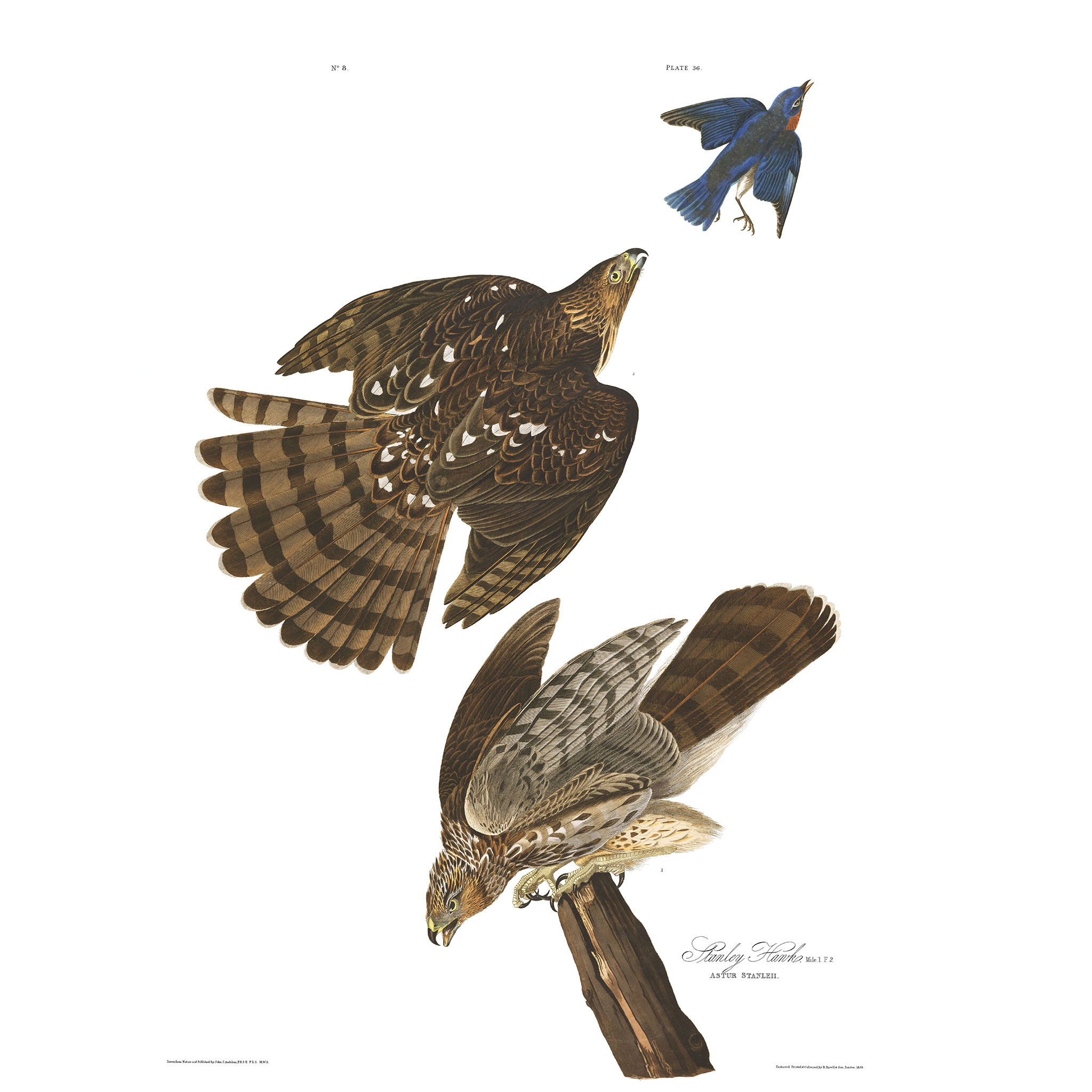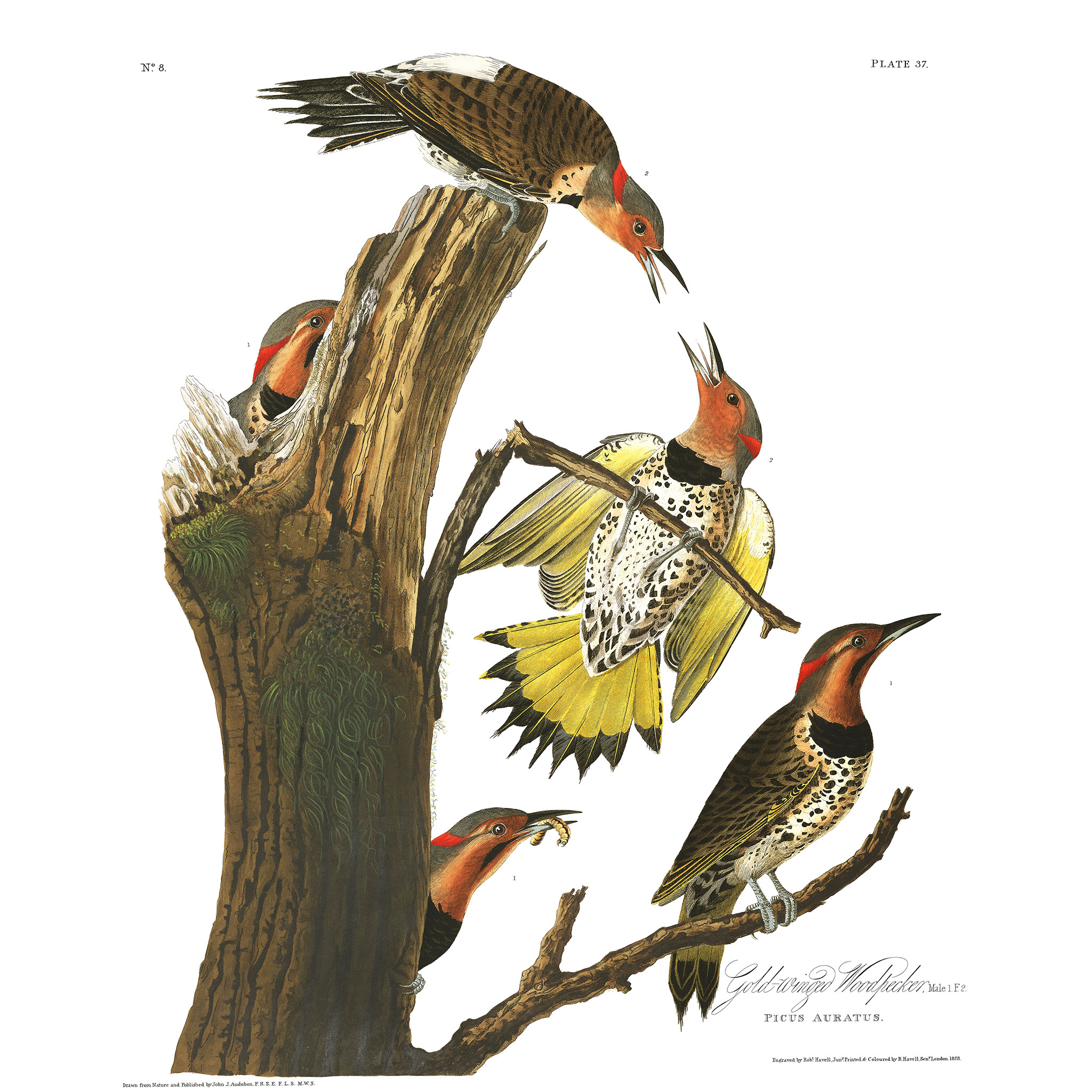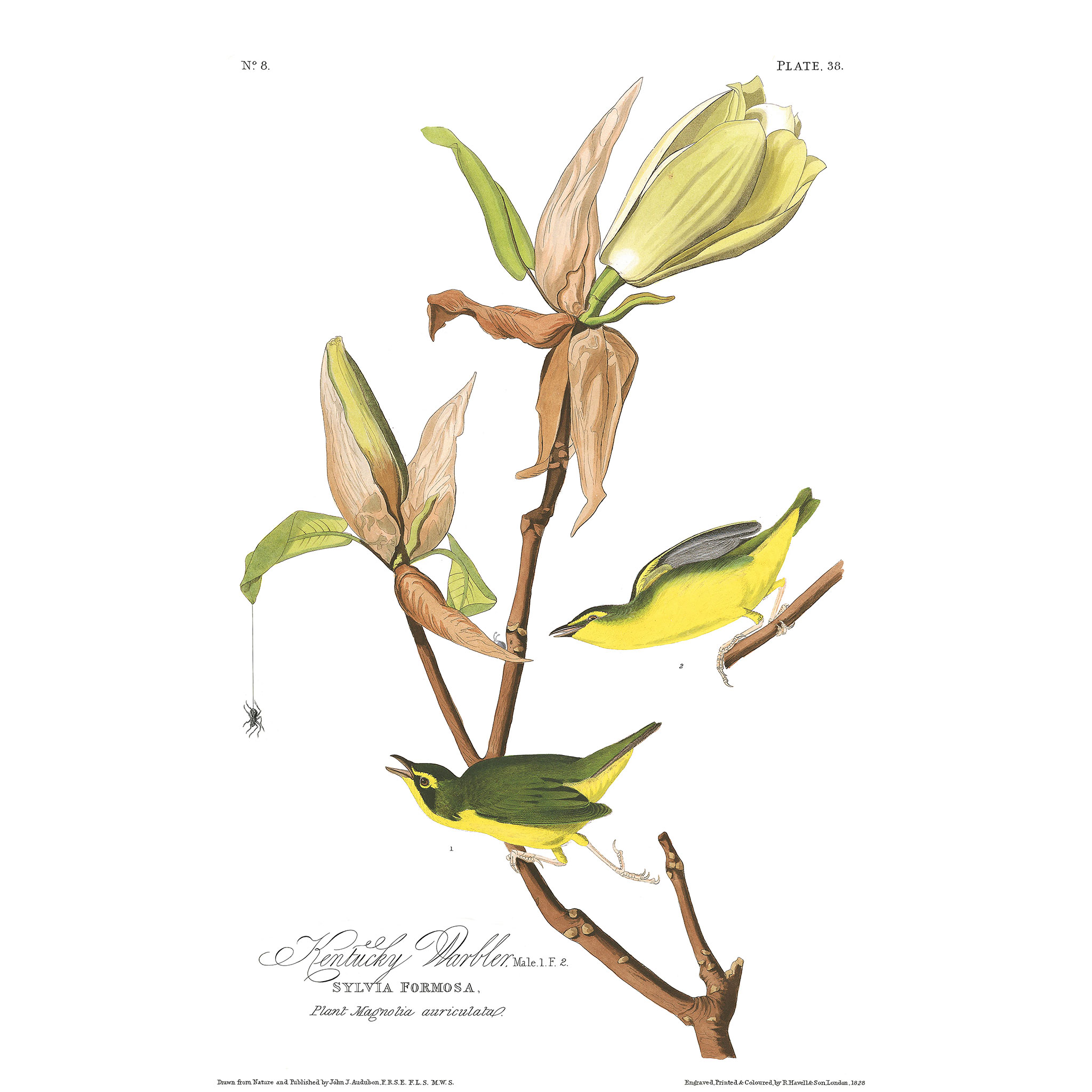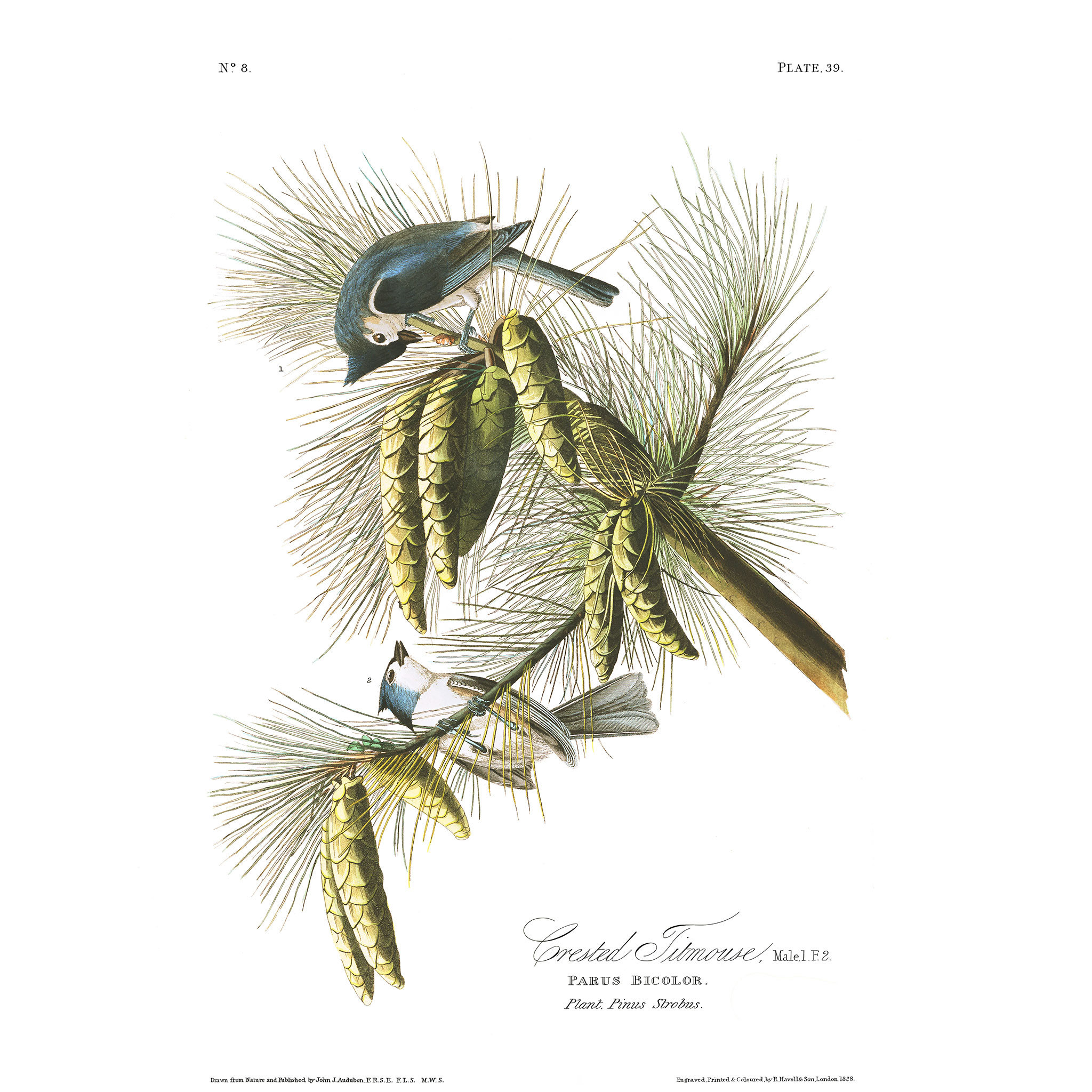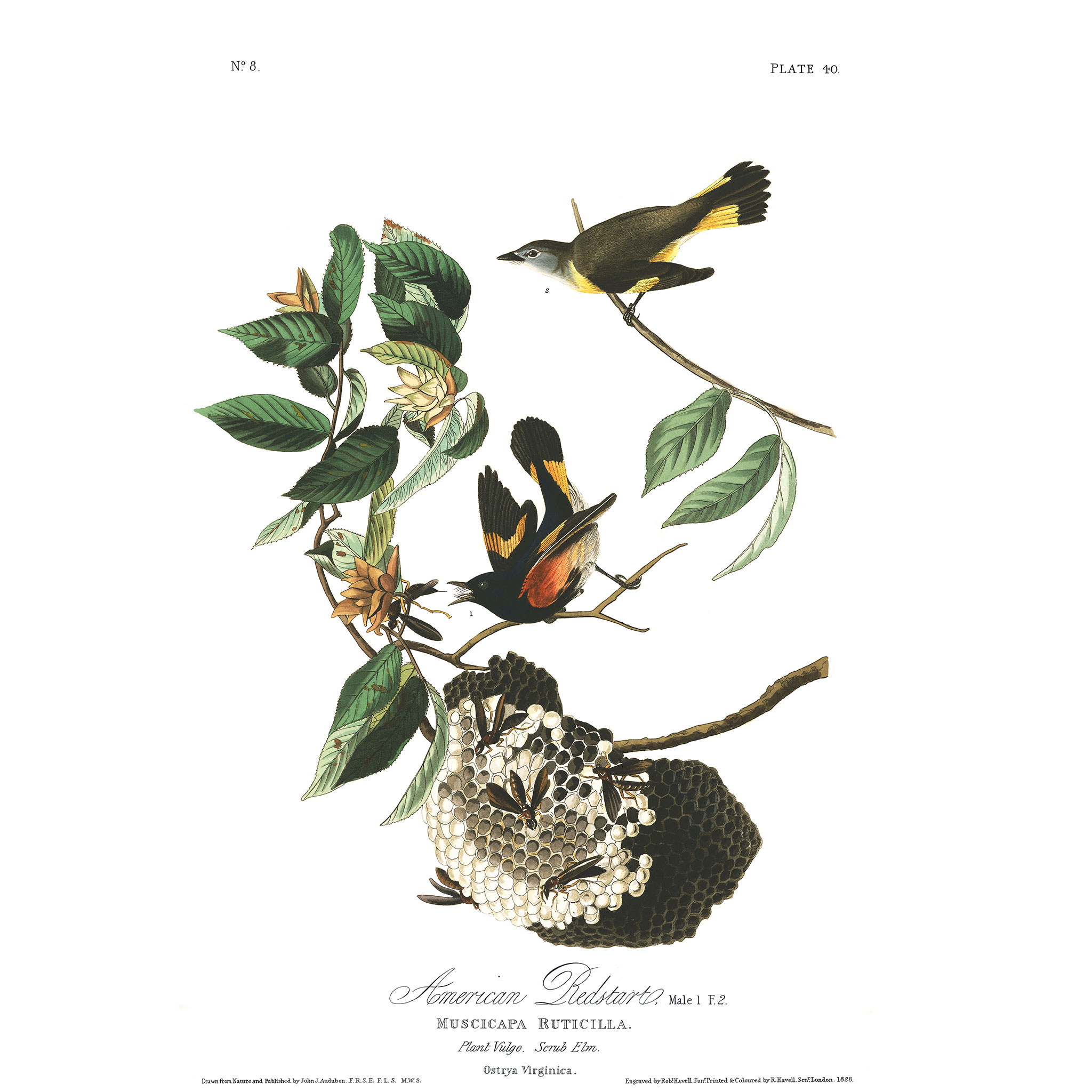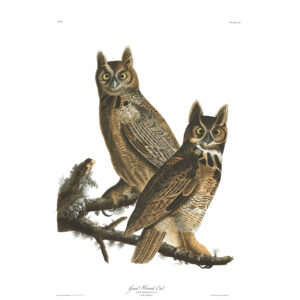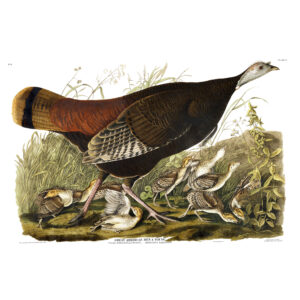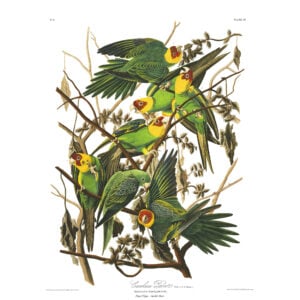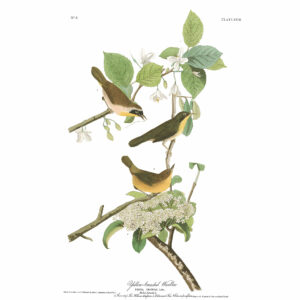Birds of America Volume 1 (Plate 36-40)
Adopt-an-Audubon Plate sponsor benefits:
- Credit on the bird label whenever it is exhibited
- Recognition on the Museum’s digital donor board in the main lobby
- Museum individual plus membership for 2 years (maximum of 2 years)
- For adoptions of $6,000 or more, a copy of our 250th anniversary book, The Charleston Museum: America’s First Museum
- For adoptions of $9,000 or more, an invitation to a private “behind the scenes” tour, for up to 4 people, of the Museum Archives and Collections Storeroom
For tax purposes, The Charleston Museum is recognized as a 501(c)(3) nonprofit organization by the Internal revenue Service, and your gift may be tax deductible. Please consult your tax advisor for further information.
Our Adopt-an-Audubon Plate Program is a means to support the Museum’s Archives collections and should in no way be construed as obtaining an ownership interest in these collections.
Plate XXXVI
Stanley Hawk
Drawn by Nature and Published by John J. Audubon
Engraved, Printed & Coloured by R. Havell
Plate XXXVII
Golden-winged Woodpecker
Drawn by Nature and Published by John J. Audubon
Engraved, Printed & Coloured by R. Havell
The flight of this species is strong and prolonged, being performed in a straighter manner than that of any other of our Woodpeckers. They propel themselves by numerous beats of the wings, with short intervals of sailing, during which they scarcely fall from the horizontal. Their migrations, although partial, as many remain even in the middle districts during the severest winters, are performed under night, as is known by their note and the whistling of their wings, which are heard from the ground, although by no means so distinctly as when they fly from a tree or from the earth, when suddenly alarmed.
– John J. Audubon
Plate XXXVIII
Kentucky Warbler
Drawn by Nature and Published by John J. Audubon
Engraved, Printed & Coloured by R. Havell
I never saw this bird fly farther than a few yards at a time. Its flight is low, and performed in a quick gliding manner, the bird throwing itself into the nearest bush or thicket of tall grass. It arrives in the Southern States, from Mexico, about the middle of March, and remains with us until the middle of September, during which time it rears two broods. Its nest is small, beautifully constructed, and usually attached to several stems of rank weeds.
This species destroys great numbers of spiders, which it frequently obtains by turning over the withered leaves on the ground.
– John J. Audubon
Plate XXXIX
Crested Titmouse
Drawn by Nature and Published by John J. Audubon
Engraved, Printed & Coloured by R. Havell
The crest of this species, which is generally erect, is a great improvement to its general appearance, the tints of the plumage being, as you perceive, kind reader, none of the most brilliant. The Crested Titmouse is of a rather vicious disposition, which sometimes prompts it to attack smaller birds, and destroy them by thumping their heads with its bill until it breaks the skull.
– John J. Audubon
Plate XL
American Redstart
Drawn by Nature and Published by John J. Audubon
Engraved, Printed & Coloured by R. Havell
It keeps in perpetual motion, hunting along the branches sidewise, jumping to either side in search of insects and larvae, opening its beautiful tail at every movement which it makes, then closing it, and flirting it from side to side, just allowing the transparent beauty of the feathers to be seen for a moment.
I have looked for several minutes at a time on the ineffectual attacks which this bird makes on wasps while busily occupied about their own nests. The bird approaches and snaps at them, but in vain; for the wasp elevating its abdomen, protrudes its sting, which prevents its being seized. The male bird is represented in the plate in this posture.
– John J. Audubon
$3,000.00
1 in stock


